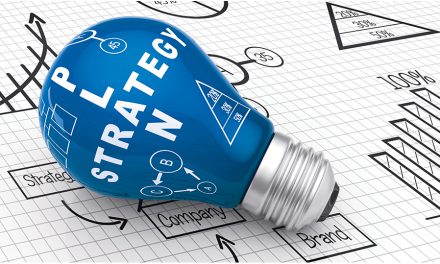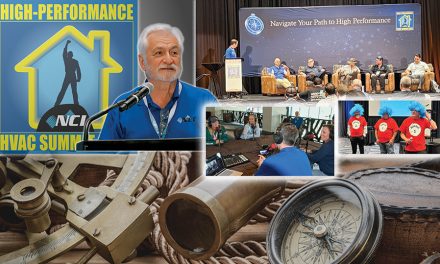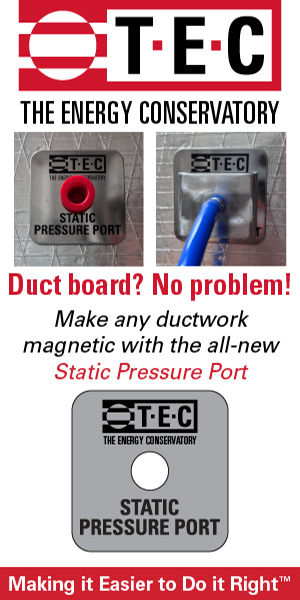Some common KPIs for HVAC businesses include:
- First-time fix rate (or its inverse: callback rate)
- Calls per day (and sometimes per technician per day)
- Jobs booked per CSR
- Sales revenue
- Revenue per lead.
These aren’t all the KPIs, but they can tell you quite a bit about the health of your organization and your team’s performance.
Using KPIs Effectively
KPIs aren’t goals, but they can inform on goals. You can use KPI milestones as key results for OKRs, and they can help you decide whether you need to change your strategy to better meet goals.
For example, if the goal is to reduce your callback rate to 3%, and you find it dips from 4.5% to 4% in Q1 but stalls around 4% or increases throughout the rest of the year, that’s your cue to examine the factors that lead to callbacks a bit more closely.
Some factors to consider for closer examination are service or installation procedures. Do you have a clear standard operating procedure (SOP) in place? Is it documented and accessible? What about your technicians? Do they know how to perform all the tasks in those SOPs? Are many of the callbacks due to a certain part? Do you need to train technicians to install that part or consider using a different brand (if possible)?
KPIs Allow You To Manage Better
The KPIs let you know to identify points where technicians need additional resources, like commissioning checklists or training.
You can go even narrower and examine each technician’s individual callback rate. Use time sheets and service logs to track these for your entire organization and for each technician.
If some technicians consistently have callback rates above that 4 to 5% range, that says you need to look at their employee development.
Assess their knowledge and skill level to see where they might need additional training — or, if possible, assign them a mentor.
On the flip side, if you notice technicians or installers with callback rates below 3%, you’d be wise to see what they’re doing right.

ave these people developed personal processes that work for them? Could you document and promote their personal strategies to spur positive changes throughout the organization?
Tracking KPIs provides info about your company and evidence to show that recent efforts are working, not working, or having no major impact.
Having a Structure
Ultimately, strategic planning for an HVAC business is all about having a structure that allows you to make goals and continuously track progress.
The OKR framework is great for that since it sets forth a broader objective and a few means of measuring that progress. Those key results are the measurements; they need to be verifiable and time-bound to offer a clear picture of where the organization is at and create a sense of urgency.
KPIs may also be those gauges of progress; they’re continuous metrics that tell where an organization is healthy and where it needs improvement, and can serve as benchmarks. Like a health chart, you can look back on earlier KPI benchmarks to see how the organization has grown, regressed, or shown little change.
Tracking company performance is a lot like commissioning a system or devising an upgrade plan; you can set and track goals while identifying weaknesses or problems to address.
Business objectives help you to set deadlines, update to higher goals, and/or sustain positive results. Strategic planning is an ongoing process: measure, plan, repeat.
Emily Gutowski is the technical writer and content editor for HVAC School (founded by Bryan Orr), in Clermont, FL. She has occupied this role since 2020, the same year she graduated from the University of Florida with her Bachelor of Arts in English, and a minor in mass communication. Emily can be reached at ncilink.com/ContactMe.













Recent Comments